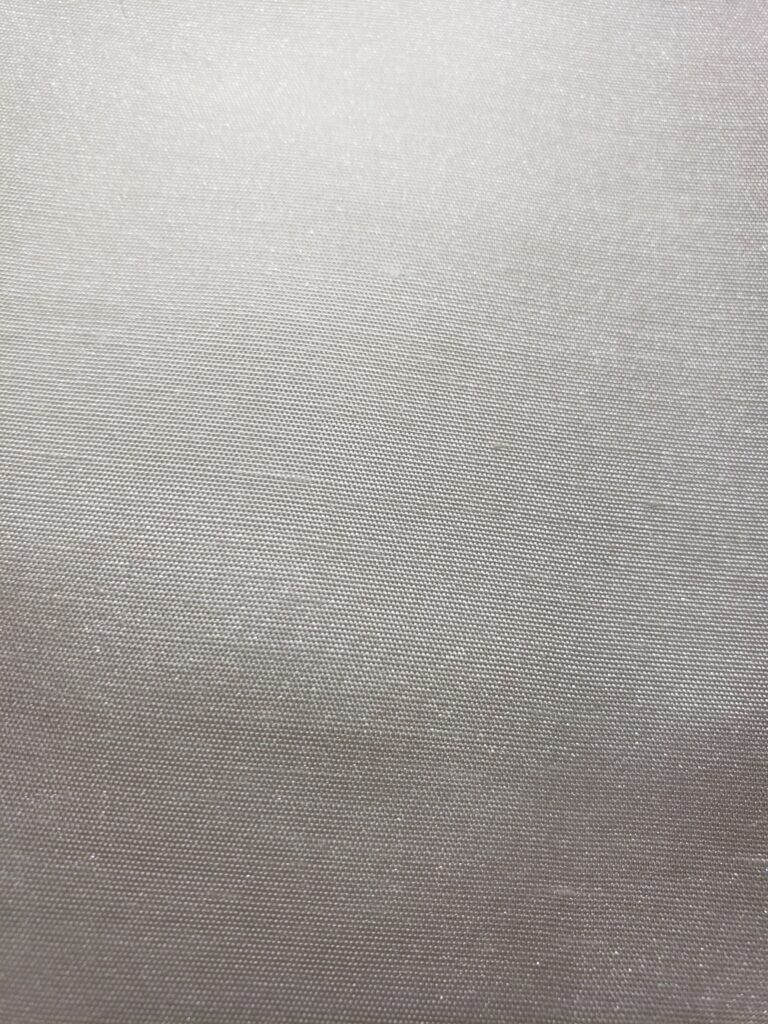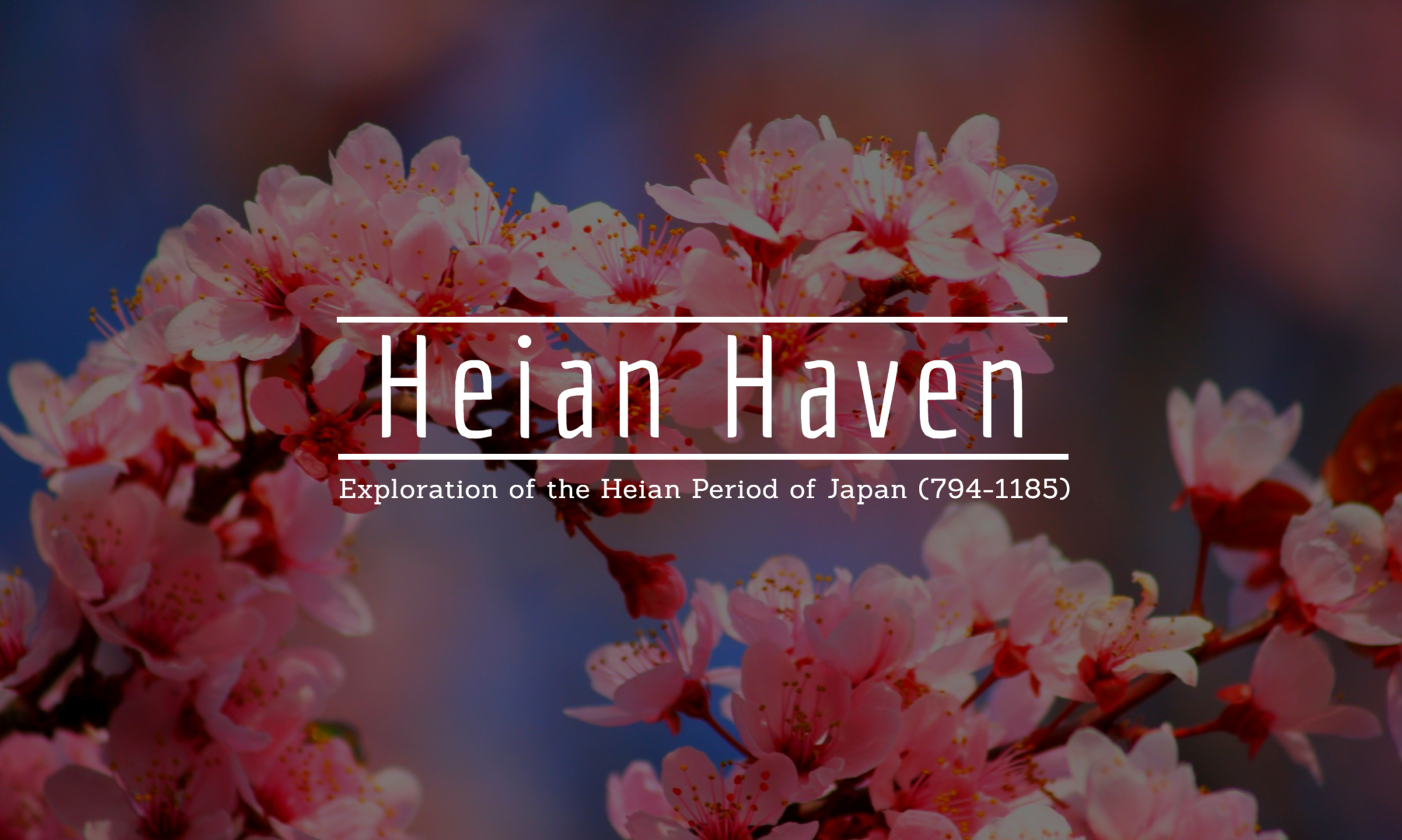I did it today! I actually cut it out!
This silk. Oh my. It’s so luxurious. Lucky me to get this as my next-to-skin layer! I’m so glad I didn’t have enough linen! It’s like a heavy habotai, but not quite as smooth. It has a distinct lined texture, very fine, ribbed? But it’s definitely a plain weave. It makes me think of tussah/wild silk. That may be what it is. It’s also just ever so lightly slubby. Not like those huge awful slubs in dupioni, they’re very fine, only noticeable with the fabric at less than 12 inches and more of a double thick thread in the weave than a slub.

My cuts are not perfect. Hard to be perfect in the floor. But it’s my best effort and that’s what counts to me. I did not cut the eri, collar piece(s) individually, nor make the diagonal cuts for the okumi, overlap panels. Silk has a tendency to fray something awful, so I’ve left those cuts undone for now. I also haven’t made the cut to separate the migoro, body panels, from each other. I don’t plan to separate them fully. I intend to deploy a false seam for the back seam.
Here’s what I mean – I currently have the two migoro/body panels in one large rectangle. I’m going to fold it in half lengthwise along the “cut line”. I’ll then sew it up halfway with the normal seam allowance. After this seam is sewn I’ll cut on the line separating the non sewn half of the garment. This is the front opening of the garment, and the stitched part is the back seam which I don’t have to finish! It’s not historically accurate, but I already have to cut entire panels from larger cloth instead of cutting the right length panel off a narrow bolt. Finishing the seams wasn’t necessary in period because the edges were mostly selvage. The fewer seams I have to finish the better, and I’ll have a lot of really long seams.
